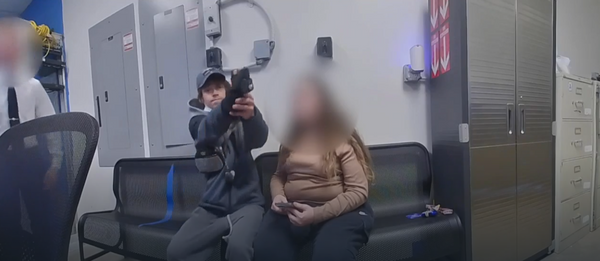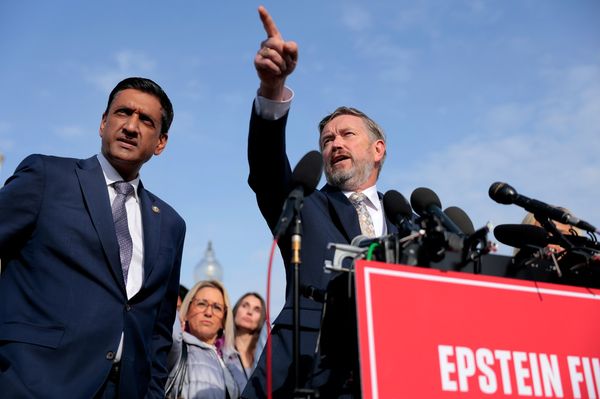Russia launched the biggest aerial strikes of the war so far Ukraine over the weekend, killing four people including a mother and her three-month-old baby.
More than 800 drones and 13 missiles were fired at cities across Ukraine, including the capital Kyiv, in the early hours of Sunday 7 September. The strike marked the first attack of the war on the main Ukrainian government building, and is the second major assault on the capital within two weeks.
In response, president Volodymyr Zelensky called the attack “a deliberate crime and prolongation of the war” and called on the US to provide a “strong response” to Russian President Vladimir Putin.
Moscow’s aerial attack on Ukraine is the latest in a streak of record-breaking aerial strikes over the past three months. Below, The Independent looks at how, and why, Russia has decided to target Ukraine’s cities with such devastating force.
Attacks increased from June to August
Russia’s aerial strikes on Ukraine have massively increased since June, with intense peaks. Figures show that Sunday’s attack was the most intense yet, with the next closest on 9 July, when Moscow fired 741 drones and missiles.
Putin’s forces have launched 2,022 drones and missiles against Ukraine so far this month. That’s an increase of 42 per cent compared to the first eight days of July, when Russia had fired 1,418 drones and missiles against Ukraine.
In the first eight days of August, Russia fired 683 drones and missiles at Ukraine - less than the total of Sunday’s aerial assault. But over the course of the month the strikes intensified, reaching 4,288 in total by the final day.
July was the deadliest month of the three, with 6,768 drones and missiles dropped across the country, including in Kyiv and the Sumy, Donetsk and Kherson regions. In June, Moscow fired 5,677 drones and missiles across Ukraine.
The data shows that while drone assaults did slightly decline overall in August, if the pattern so far continues in September, Ukraine is on track for its heaviest month of shelling yet.
Russia has ‘notably’ increased strikes since Istanbul talks
According to analysts from the Institute of War Studies (IWS), Moscow has “consistently intensified” its strikes since the outset of the war in 2022.
They said Russia’s attacks have “notably accelerated” since Ukraine-Russia bilateral talks in Istanbul on May 15, 2025. During the negotiations, the countries agreed to a large-scale prisoner exchange but failed to reach a consensus on ending the fighting.
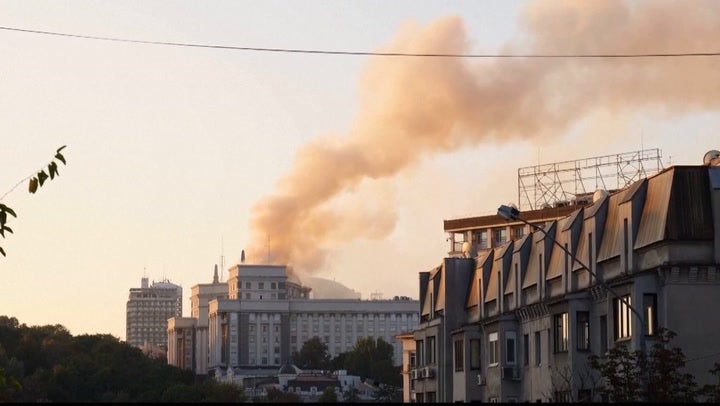
Their analysis shows Russia has launched 16 combined strikes consisting of over 400 air targets since the talks. They also noted Sunday’s attack was the fifth combined strike of over 500 drones and missiles since the August 15 US-Russia summit in Alaska.
Federico Borsari, a Fellow with the Transatlantic Defence and Security Program at the Center for European Policy Analysis (CEPA), has told The Independent that the Russian army are likely to have been planning an increase in strikes for at least a year.
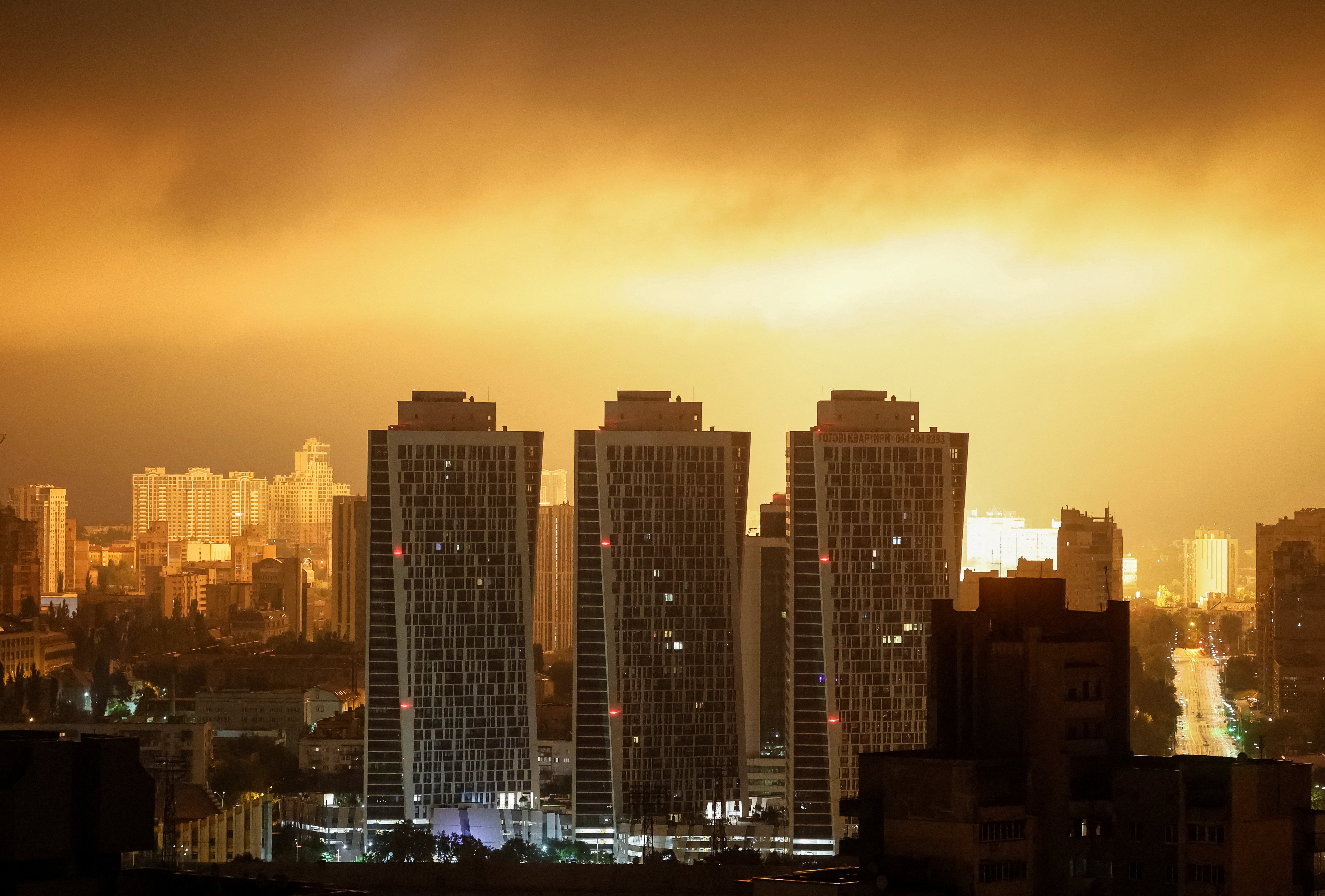
“There were already signs that Russia was trying to increase its output in terms of assets and platforms that they could launch against Ukraine in 2024,” he said, adding that the increase in drones is an attempt to make air raids more effective.
“Russia is trying to diversify its strike packages to make them more cost-effective and achieve a scale of destruction that is sufficient to destroy key military targets such as airfields.”
He added that, for more than three years, Russia was not “very effective” when it came to “diminishing the production capacity of Ukraine at the industrial level”.
The Russian army had also failed to “create a sense of panic and fear among the population in order to discredit the government and create the conditions for less efficacy on the front line,” he said.
Putin ‘trying to induce panic’ with strikes
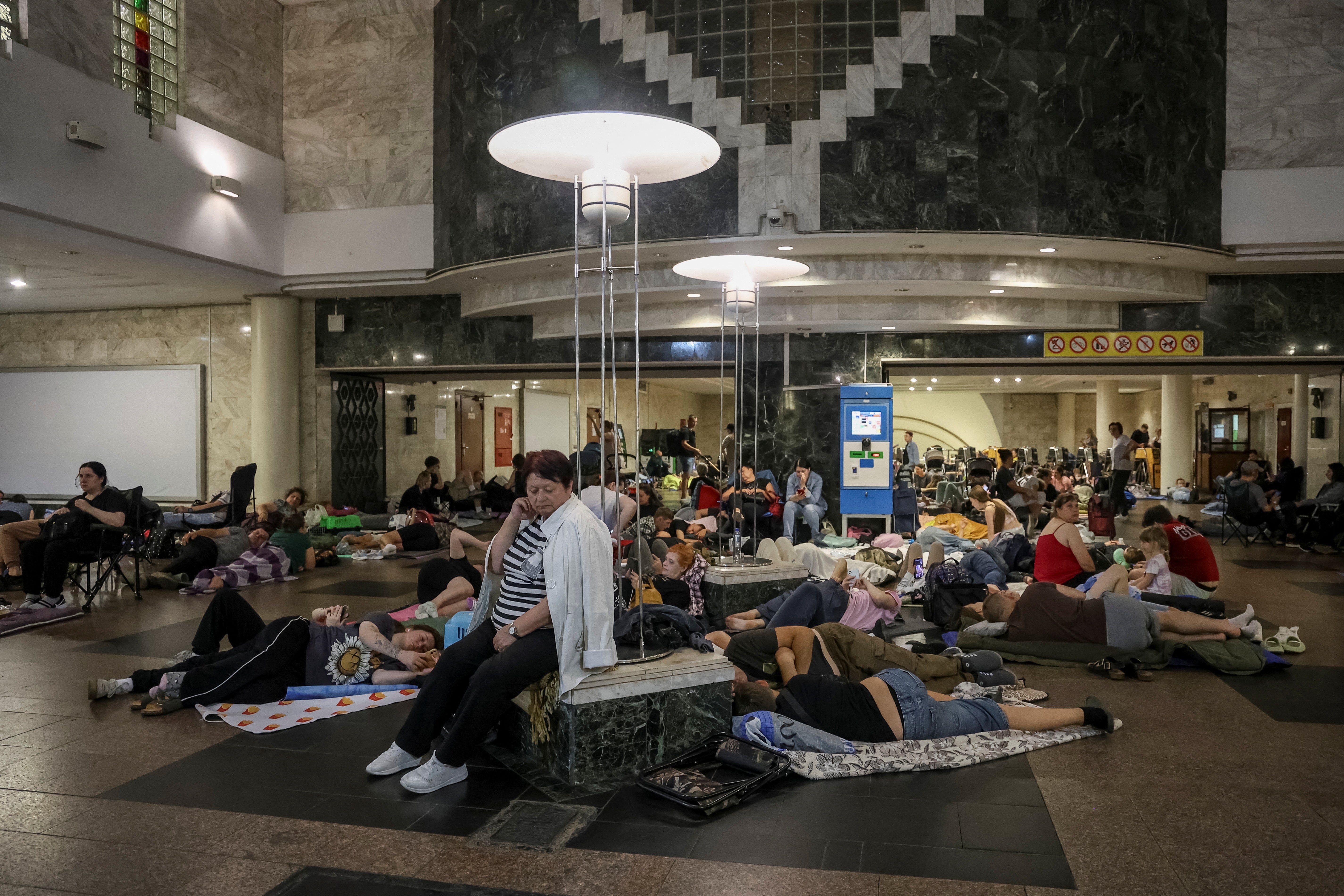
Mr Borsari continued that Russia had been forced to be more tactical in its aims to increase damage against critical Ukrainian infrastructure, while also targeting its manpower.
“Russia is now also trying to focus on more strategic targets such as military enlistment offices, across different areas of Ukraine,” he said. “The attempt here is not just to destroy energy plants or other infrastructure, but also to instil fear and create a sense of panic among the population.
“So, increasing the psychological effects of this war on the Ukrainian population and at the same time discouraging people from basically going to enlistment offices.”
He said the psychological effects of the strikes could “diminish the ability of the Ukrainian forces to recruit”, adding: “This is certainly an issue for Ukraine compared to Russia.”
Analysis shows that while Moscow is increasing its drone output and ramping up the intensity of its attacks, they do not follow a consistent pattern. On 8 July, Russia fired 52 drones at Ukraine, followed by a record 550 the day after. The following day, it fired 322.
Moscow taking ‘on and off days’ approach to strikes
Marcel Plichta, a former US Department of Defense analyst, suggested that Russia was staggering its large attacks with an “on and off days” approach.
“The on day you would have a really big and increasingly a record breaking attack and then on the off day you would have... like 100 drones or 61 drones,” he explained.
“The benefit to the large attack is, in addition to the fact that it grabs headlines, it’s more likely to overwhelm Ukrainian air defence and damage the morale of the Ukrainian population.
“It’s worse to try and shoot down 500 drones at once than it is 200 drones over two nights because you suddenly have to prioritise. You have to figure out where they all are and you need to respond to them. That’s a much more challenging situation.”
Both analysts added that the escalating aerial strikes indicated a ceasefire wasn’t on the cards anytime soon, three years after Putin launched his brutal invasion of the country.
“Russia has demonstrated that they’re all in on the Shahed as a platform. They’ll tinker with it, they’ll make improvements, and they’ll introduce more complicated variants, but fundamentally they are all in on this idea of mass drone attacks to accompany their missiles,” Mr Plichta said.
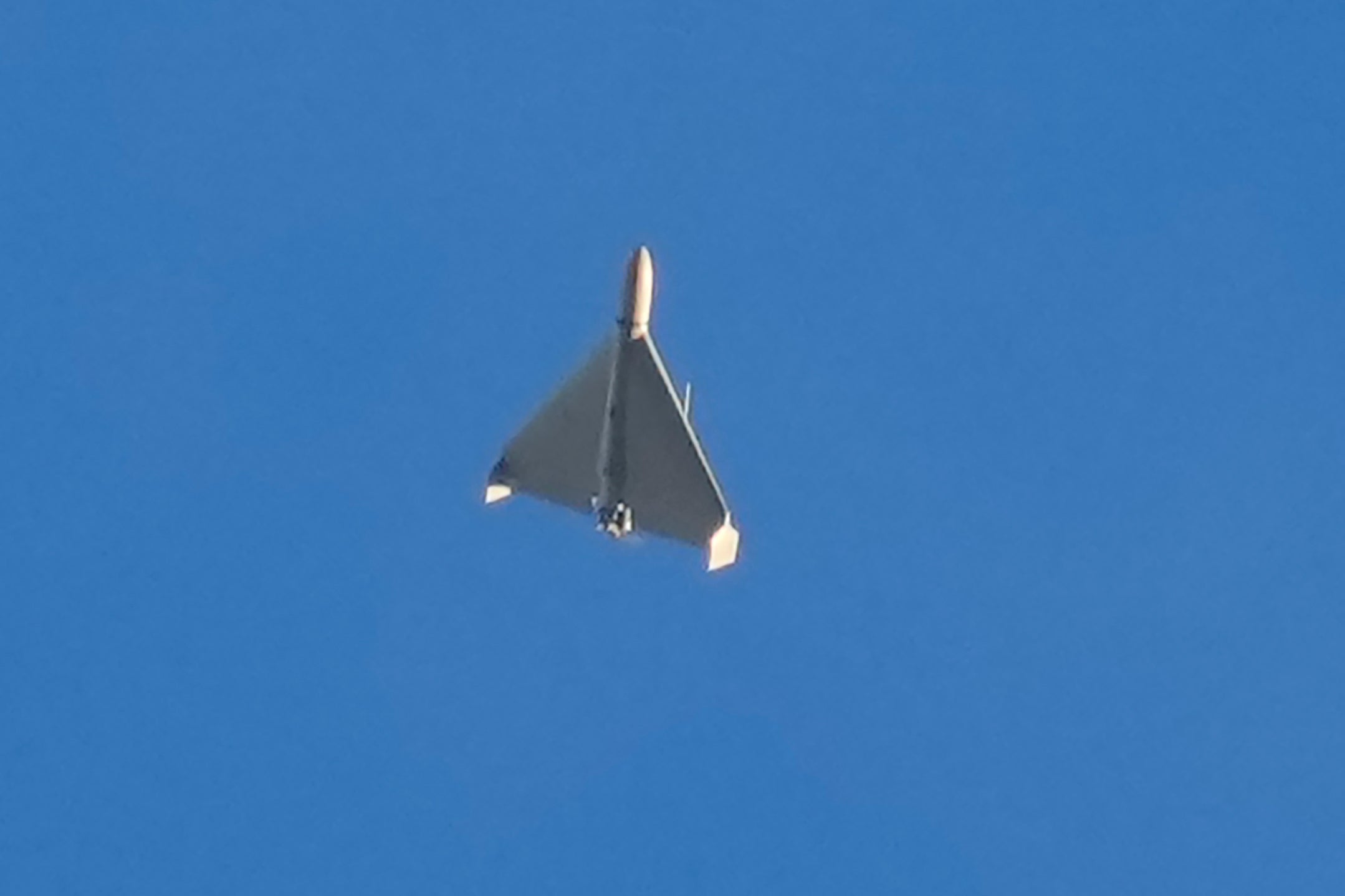
“Basically from now until the end of the conflict, you’re going to see a growth in the number of Shaheds being used. Maybe patterns of their usage will change again, but this overall number used per week, per month, per year, is going to keep growing as Russia produces more and better Shaheds.”
He added: “Ultimately the thing that stops Shaheds is a political end to the conflict, not necessarily a magic weapon that can shoot down interception rate or even striking production facilities.”
Mr Borsari echoed his sentiment, saying: “It’s clear that Russia is not interested in achieving a ceasefire, at least based on the conditions that the US and Ukraine were hoping for.”
Ukraine war latest: Putin hit Kyiv cabinet building with cluster missile
Trump live: Democrats say ‘sickening’ Epstein birthday letter shows Trump’s signature
Home Depot stores, long a hub for day laborers, now draw immigration agents out on raids
ICC opening its war crimes case against Ugandan rebel leader Joseph Kony
What could Trump’s ‘second phase’ of sanctions against Russia involve?
Why has another French government collapsed – and what happens now?


